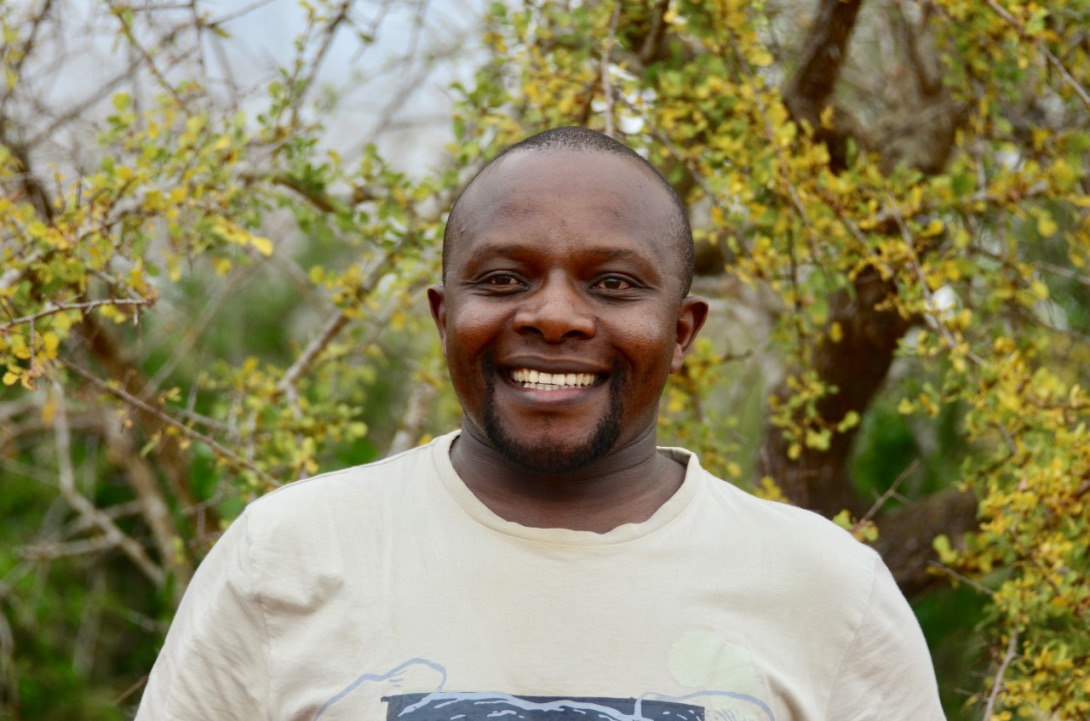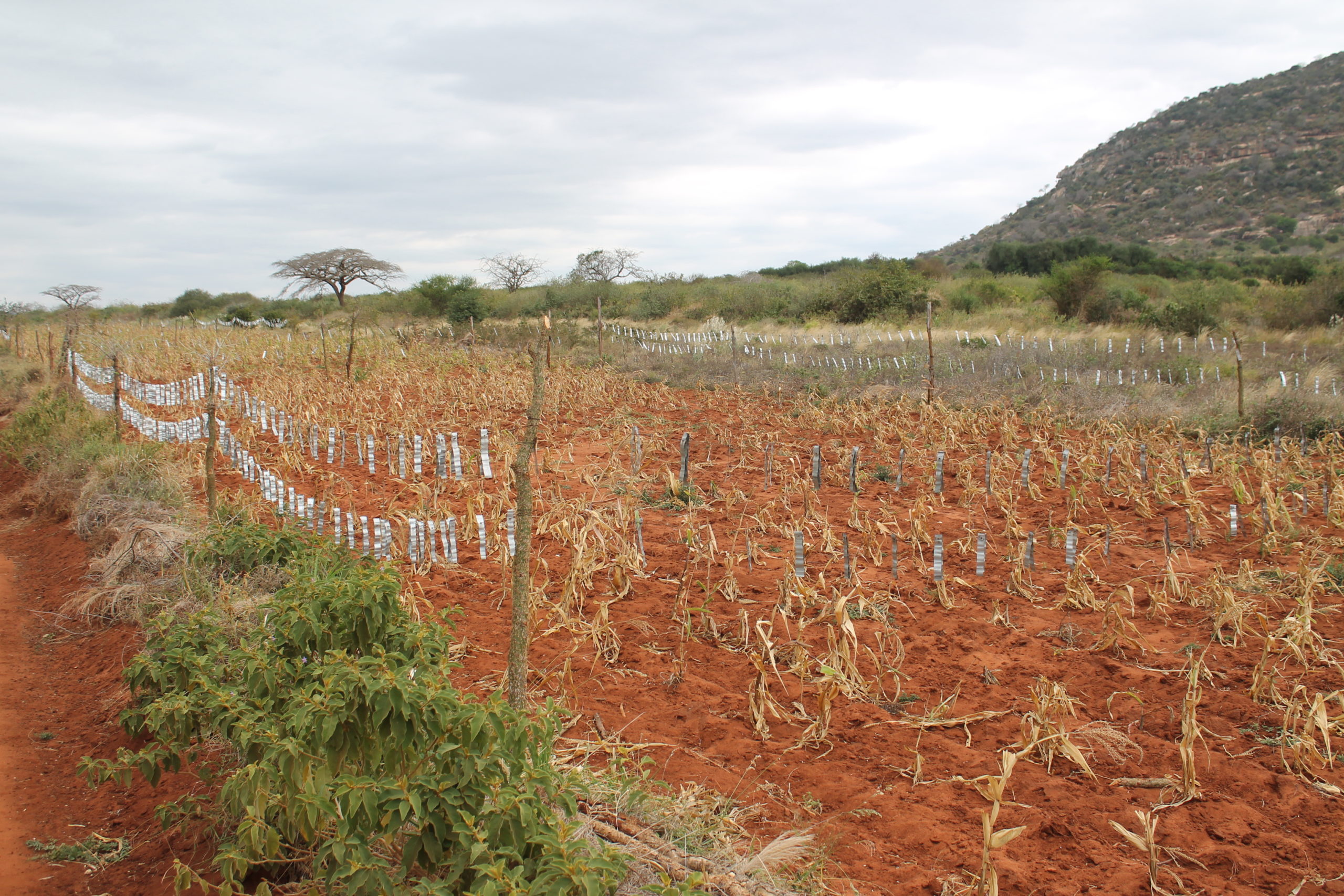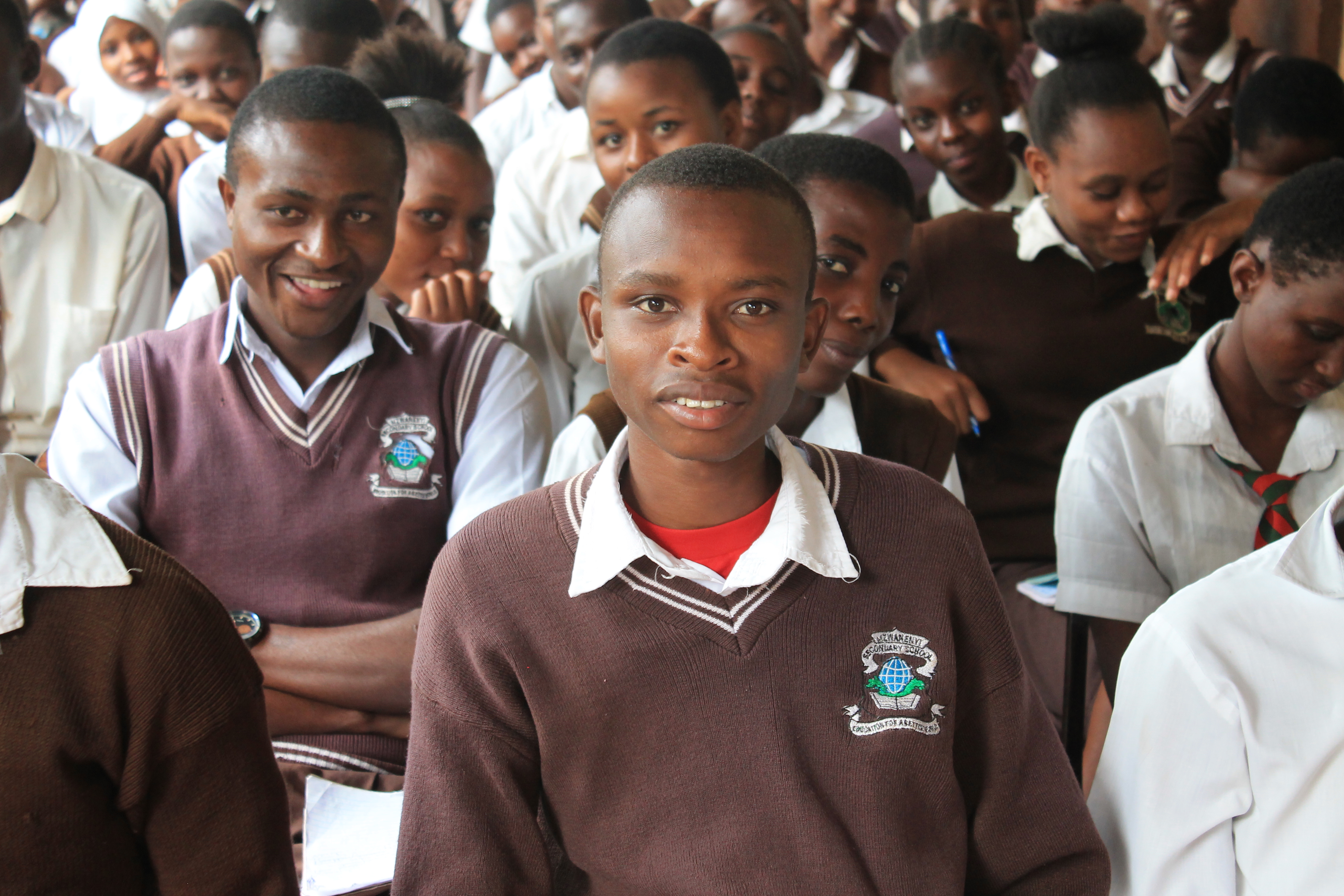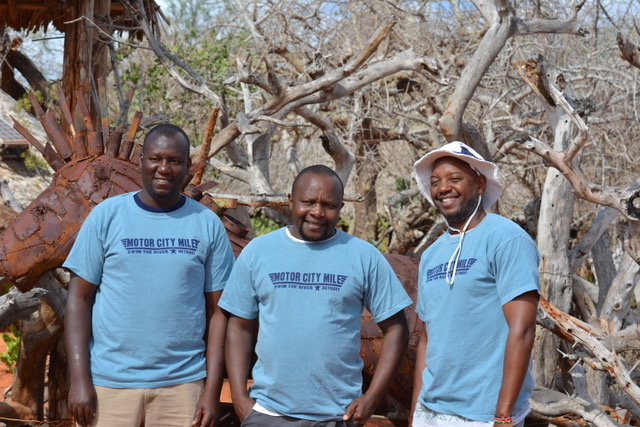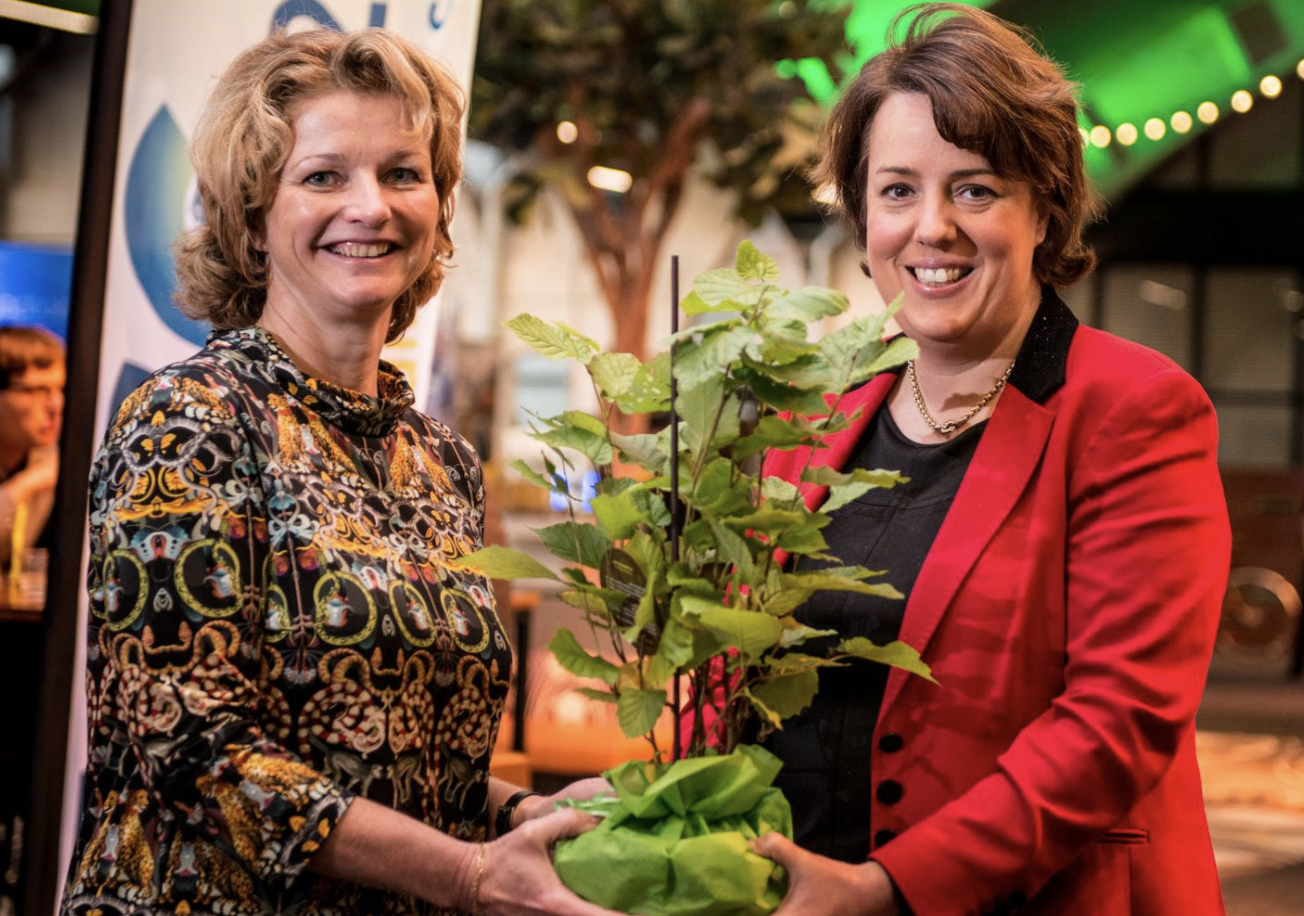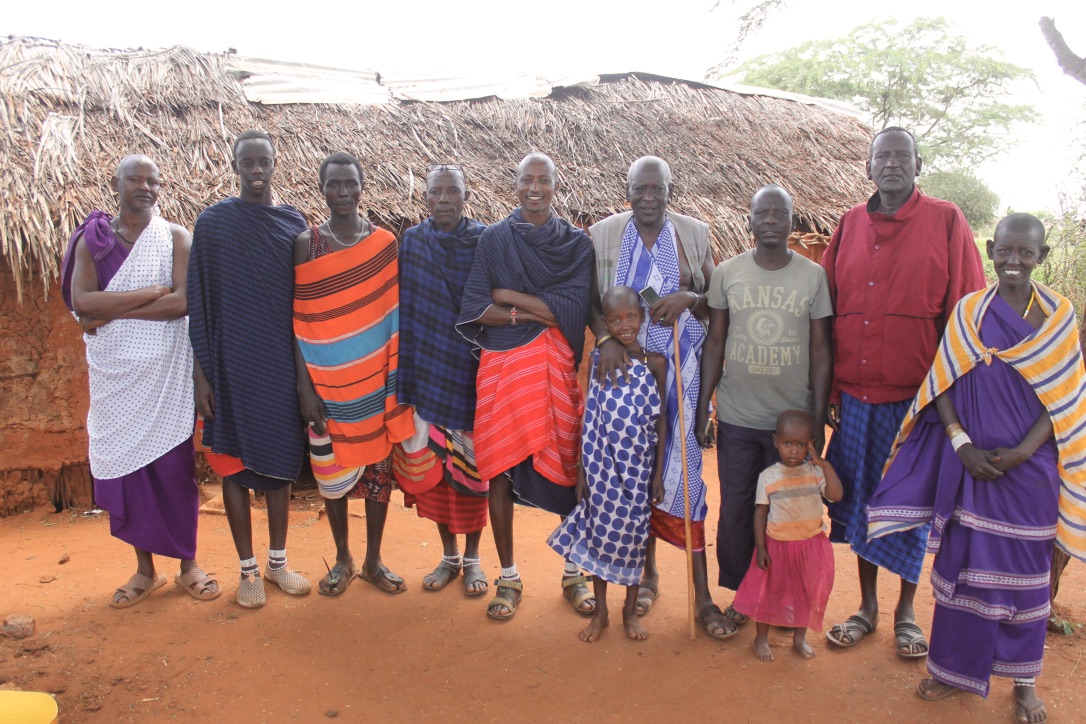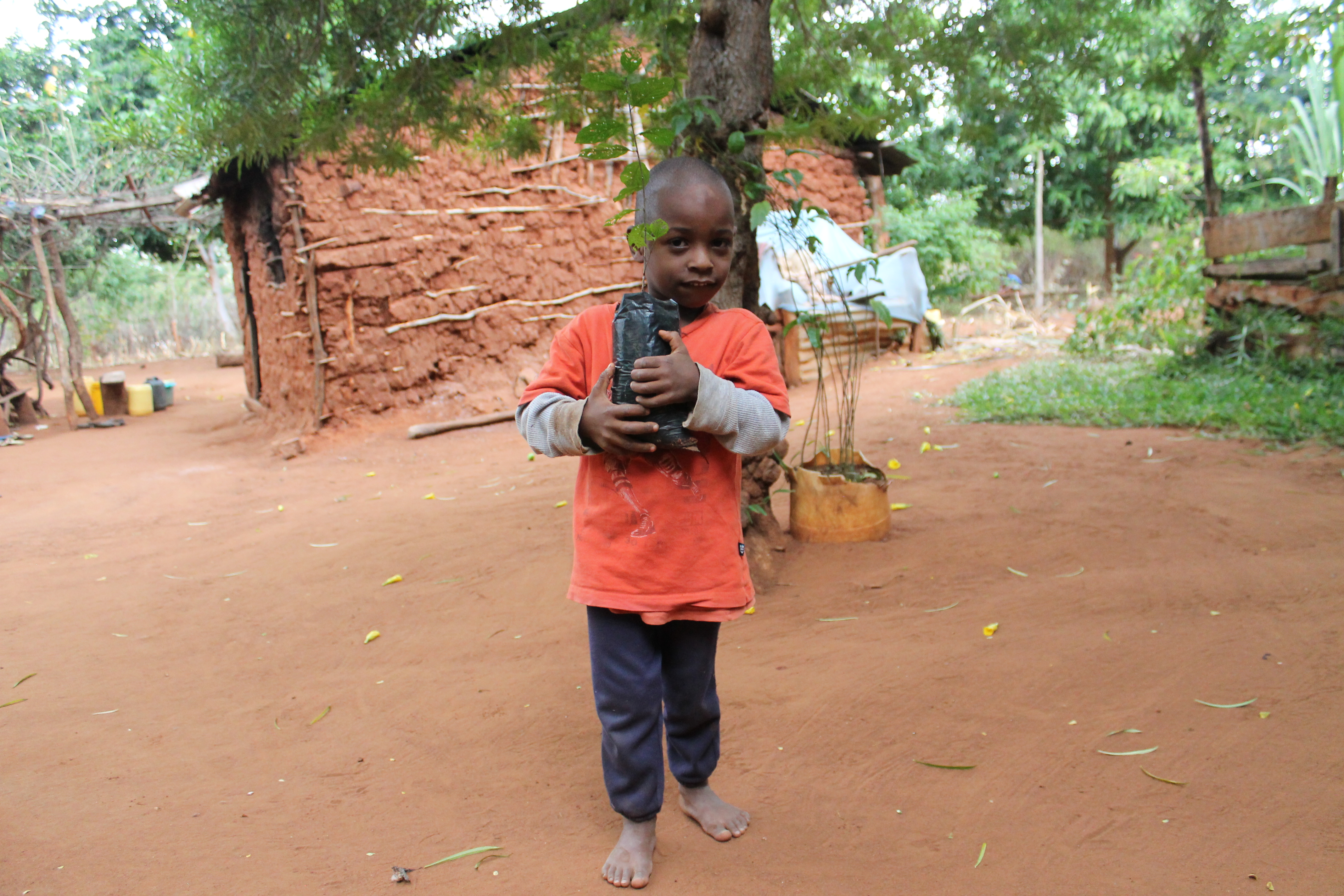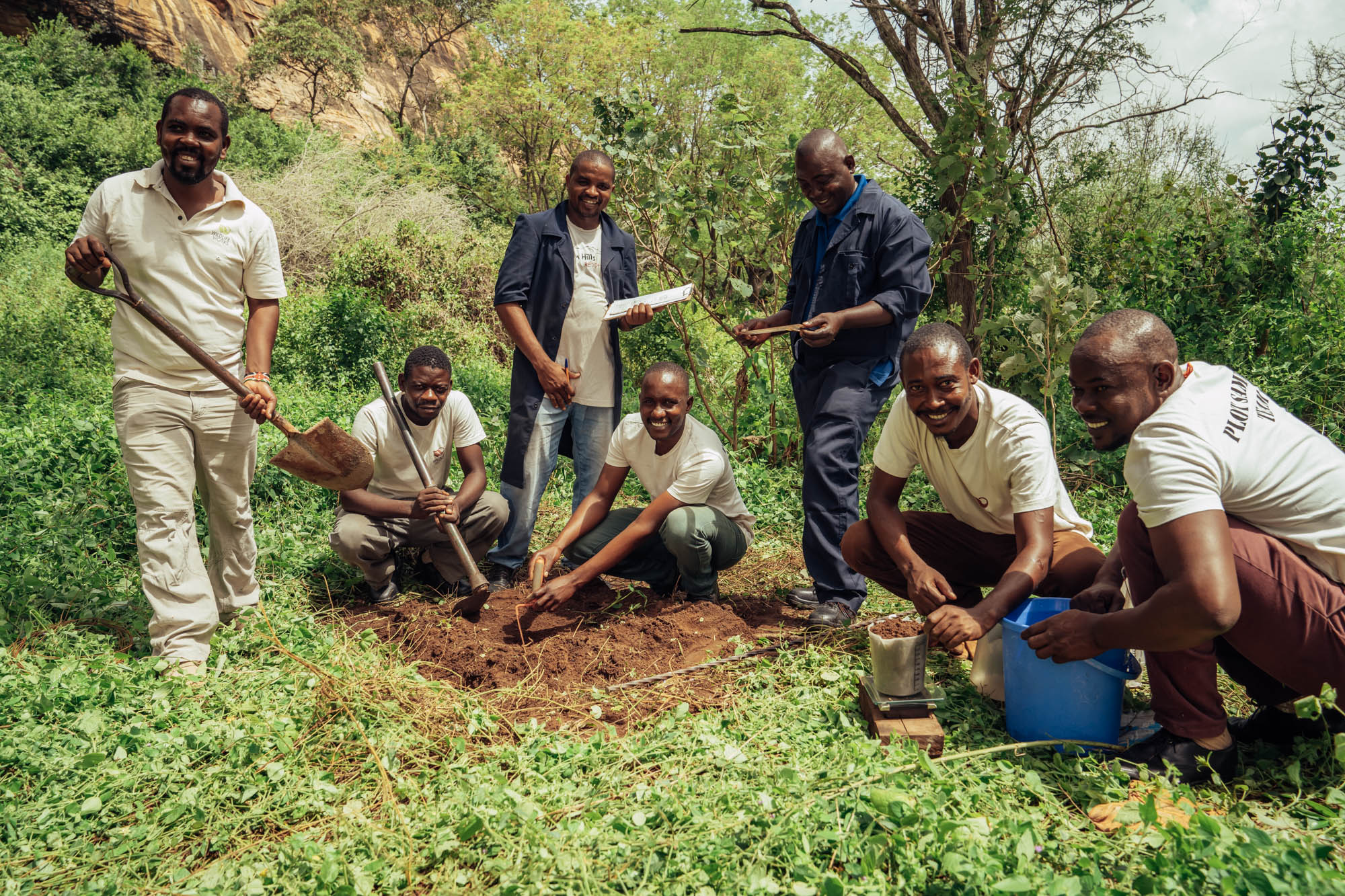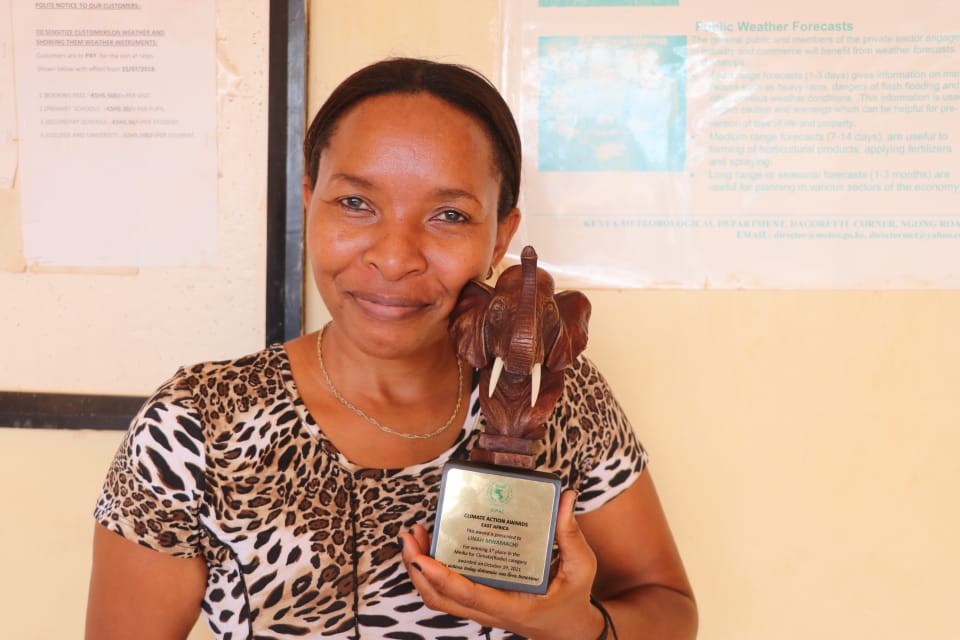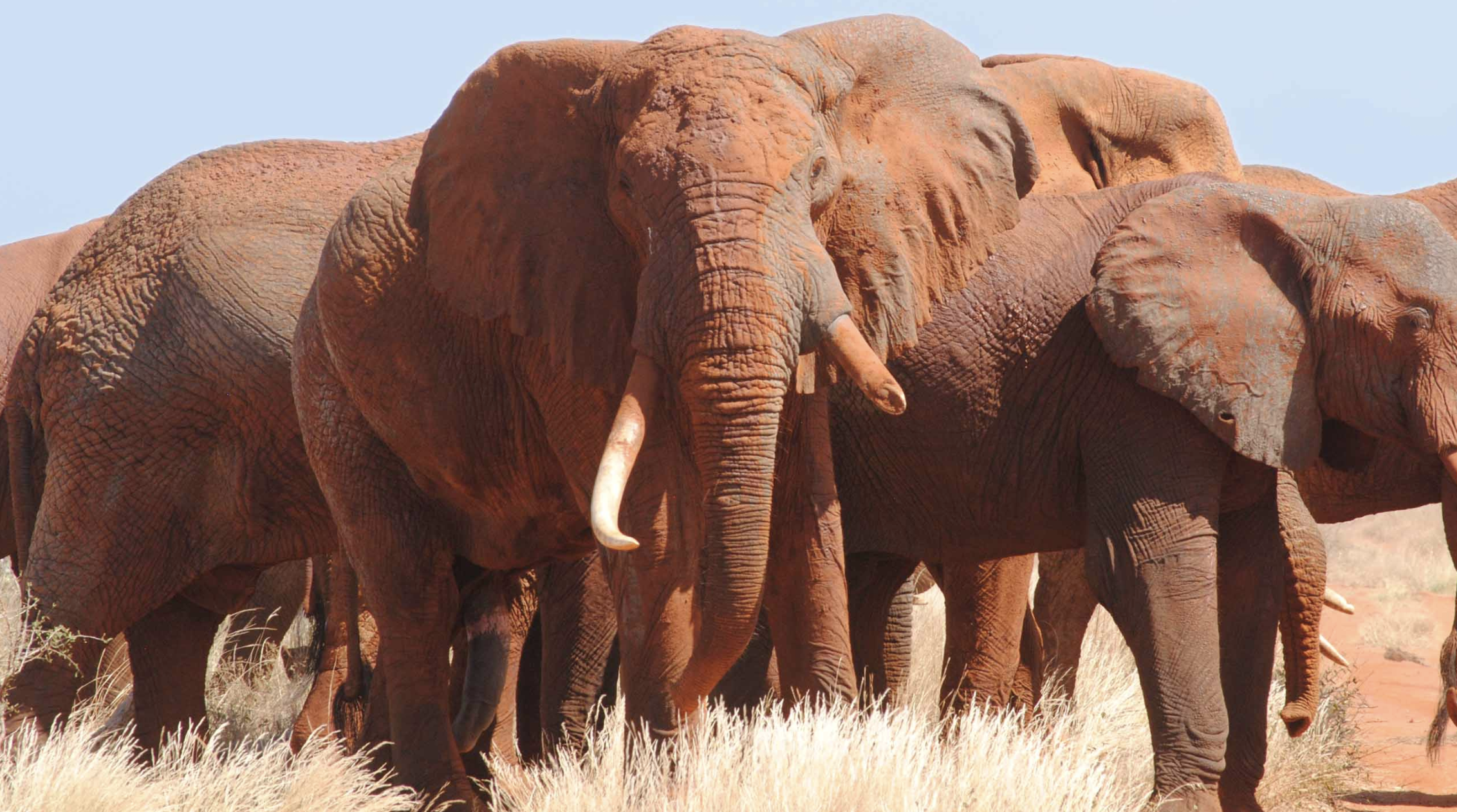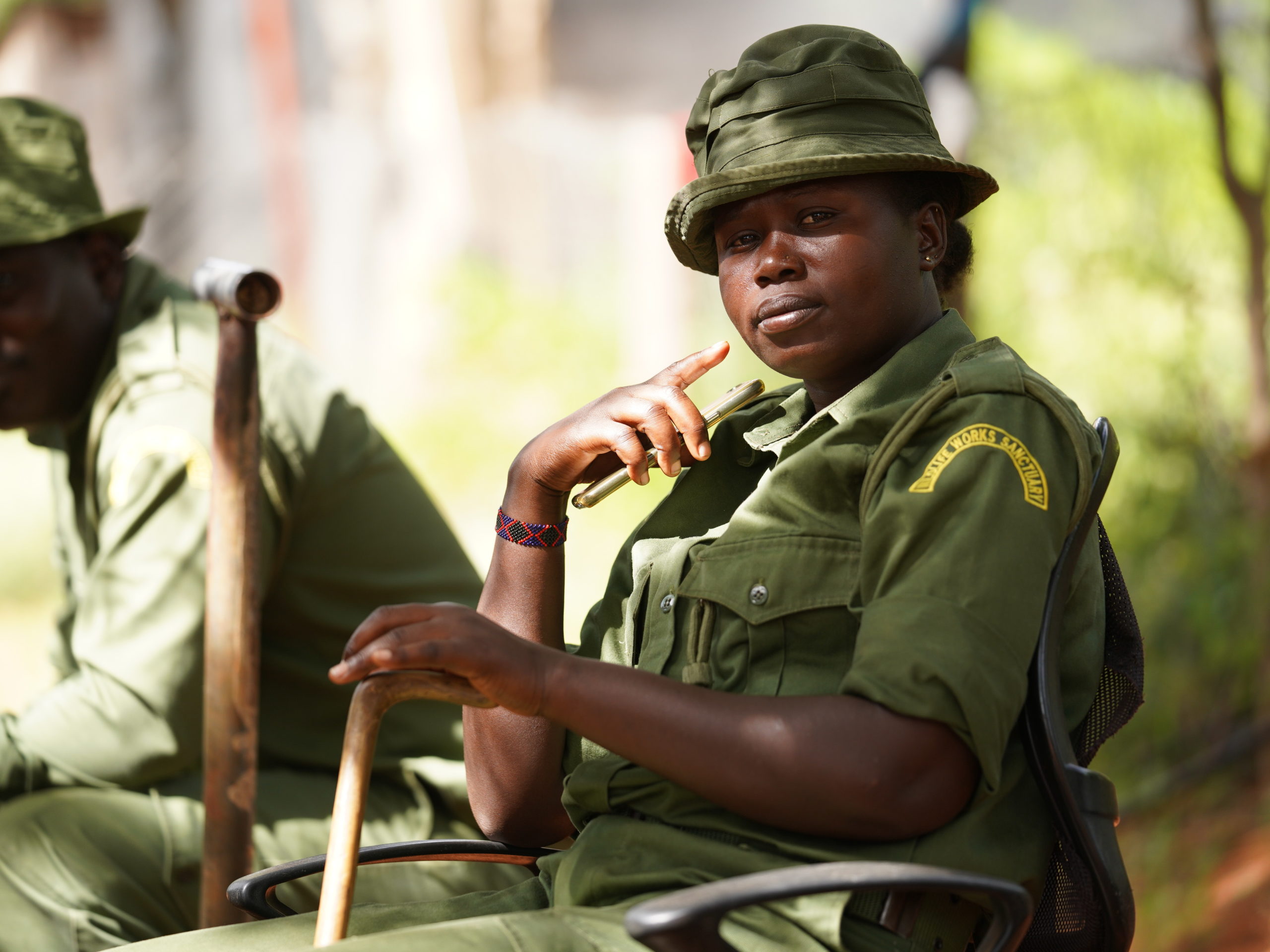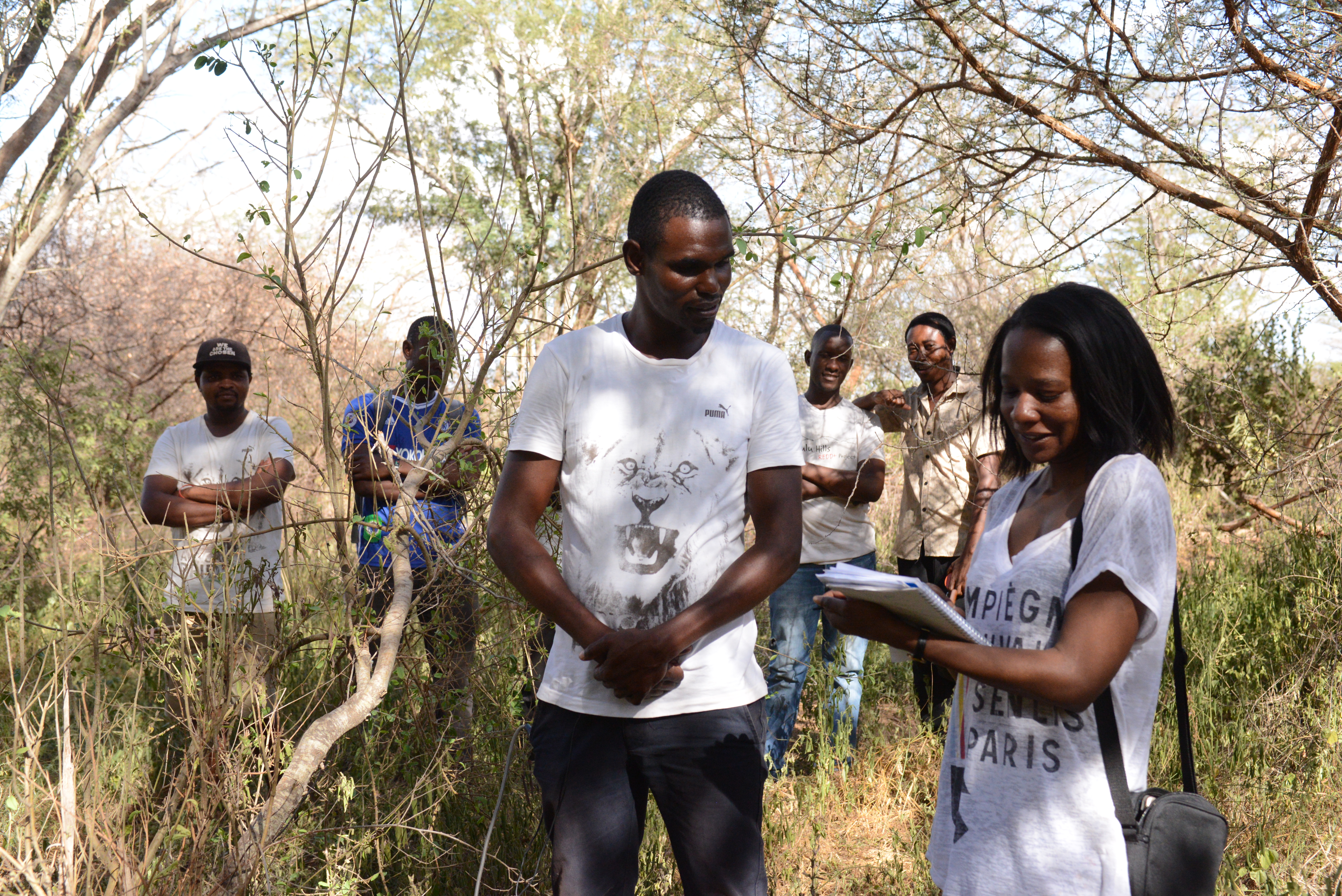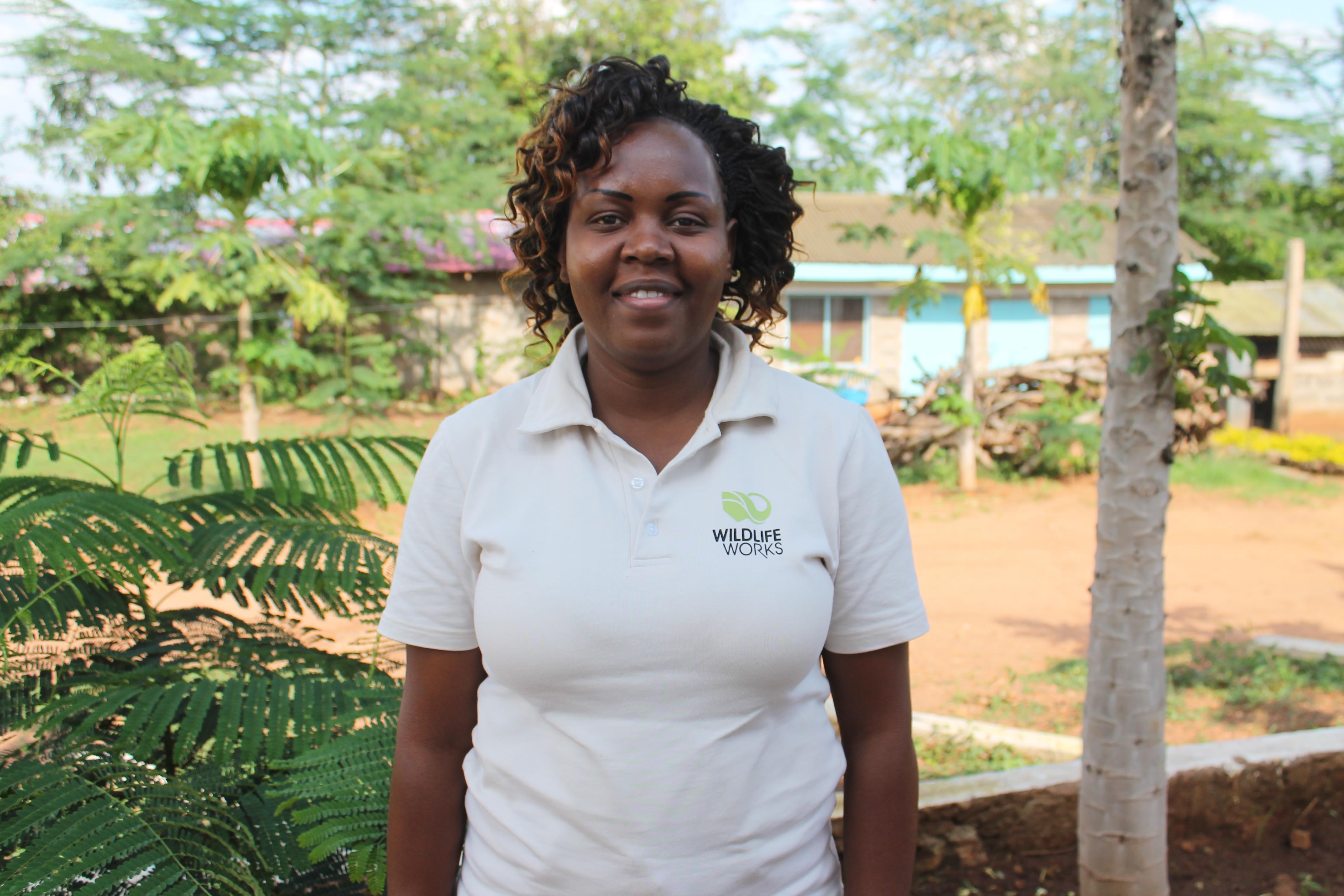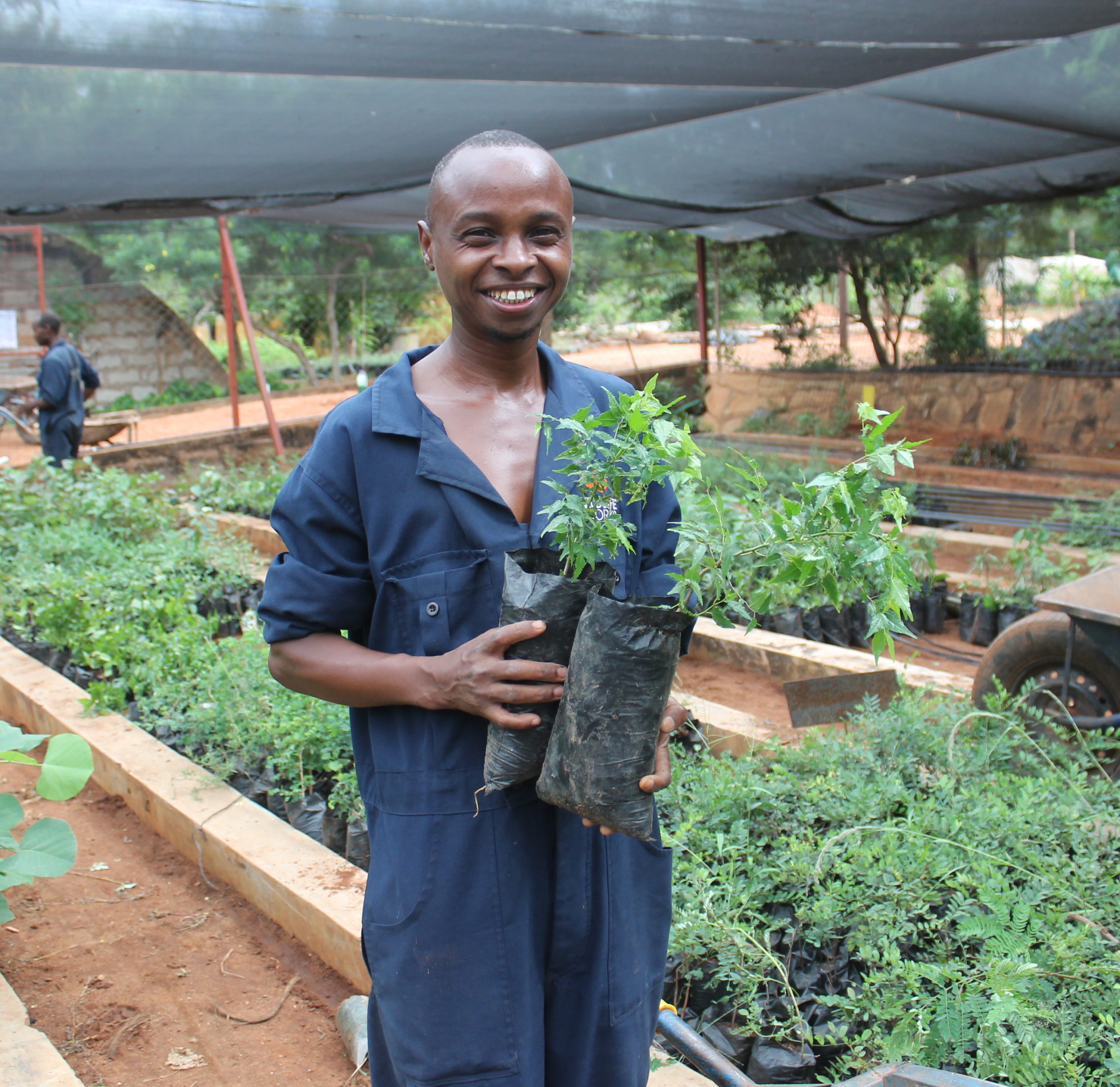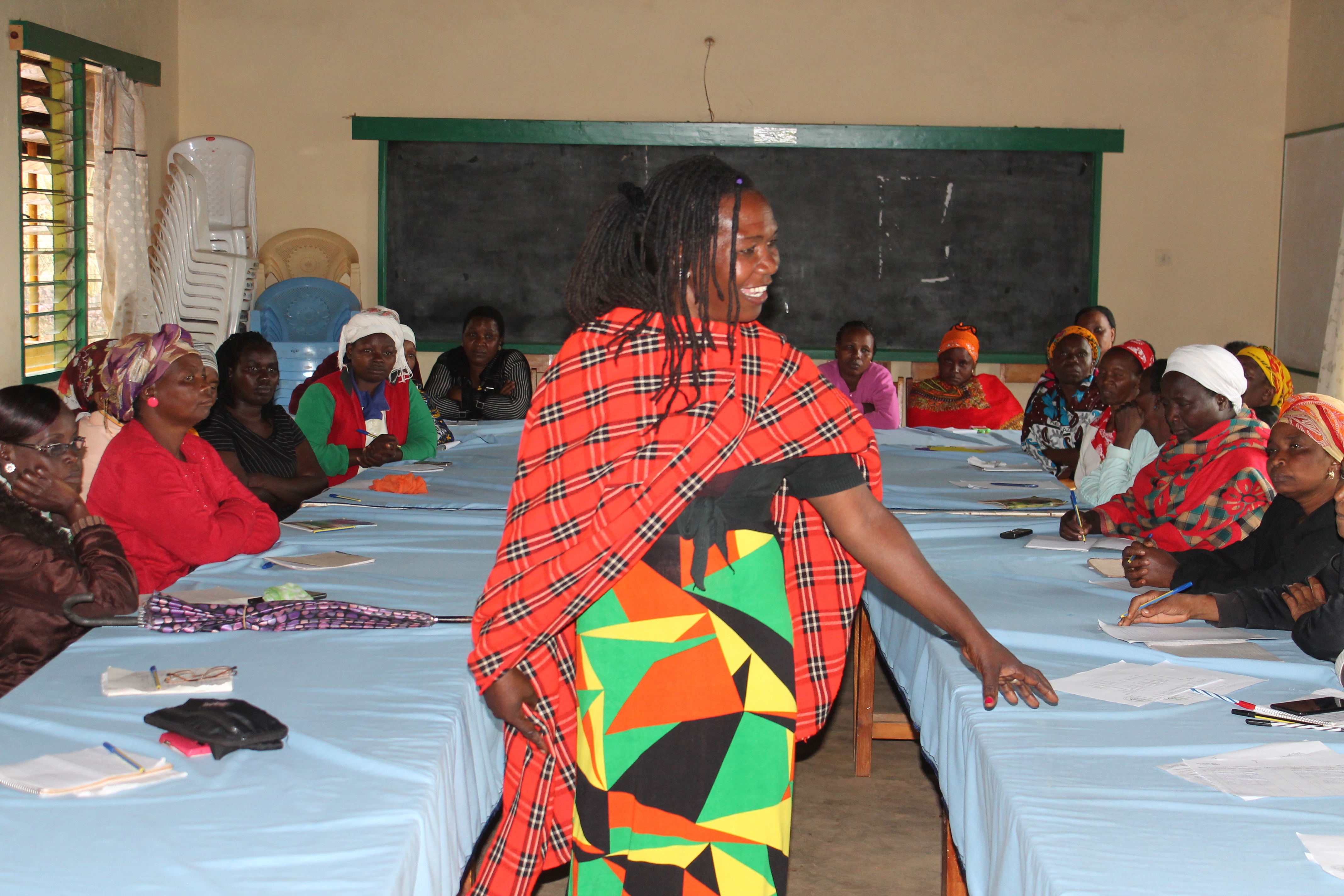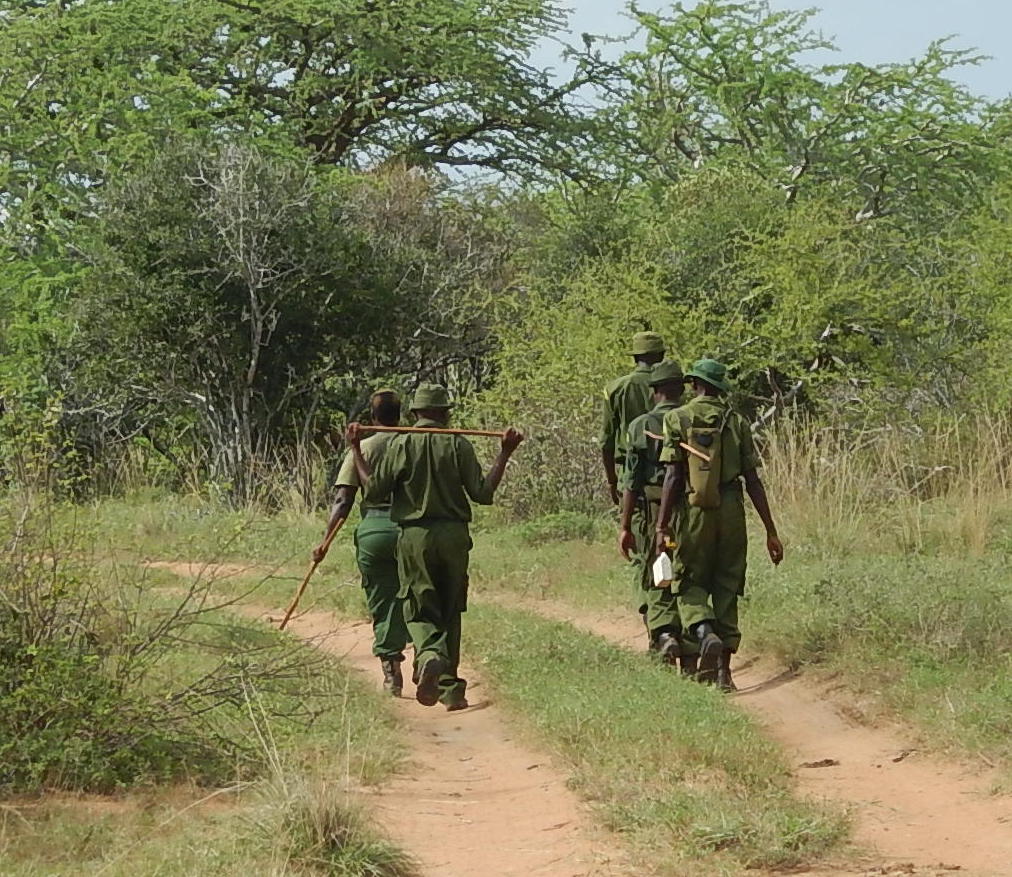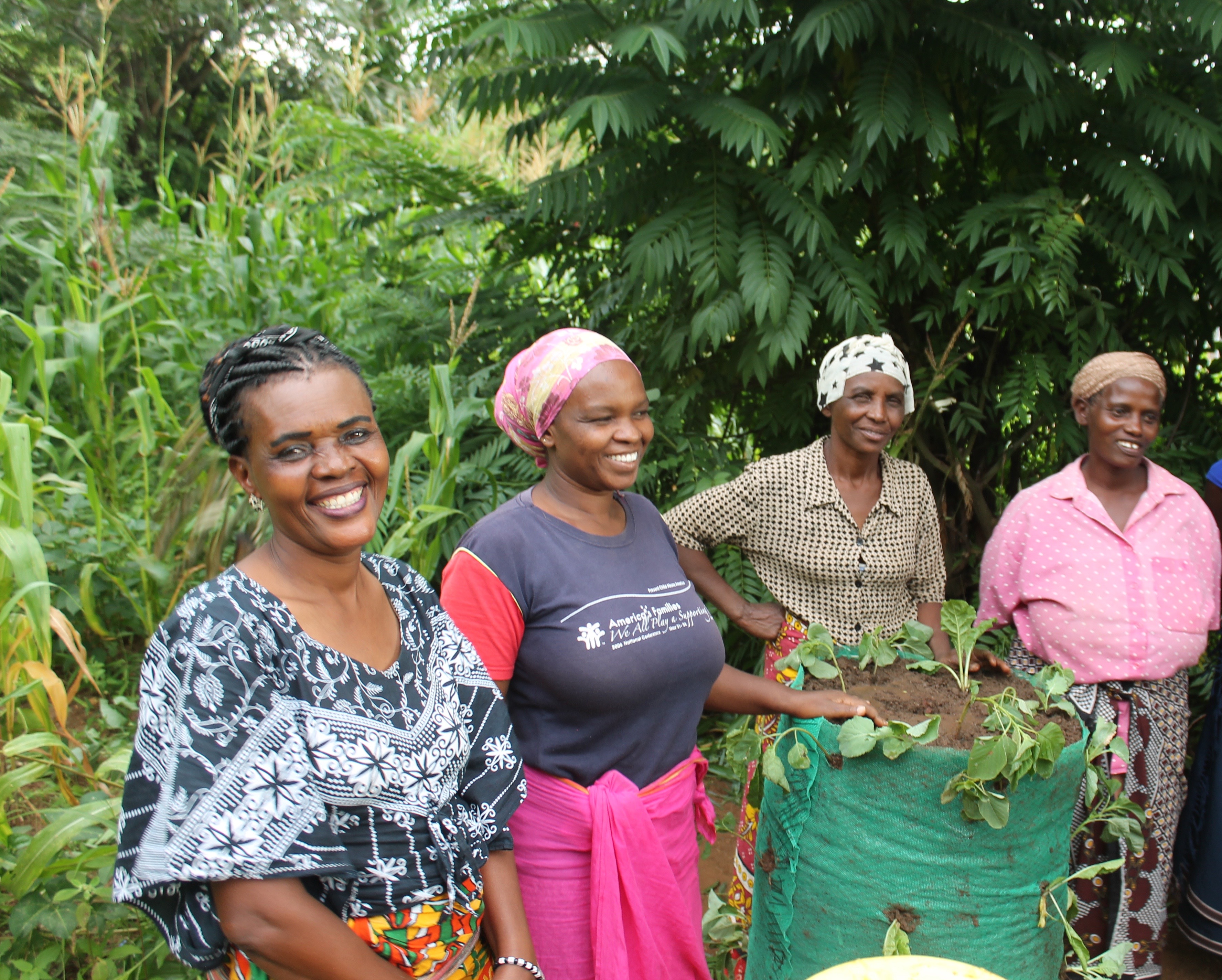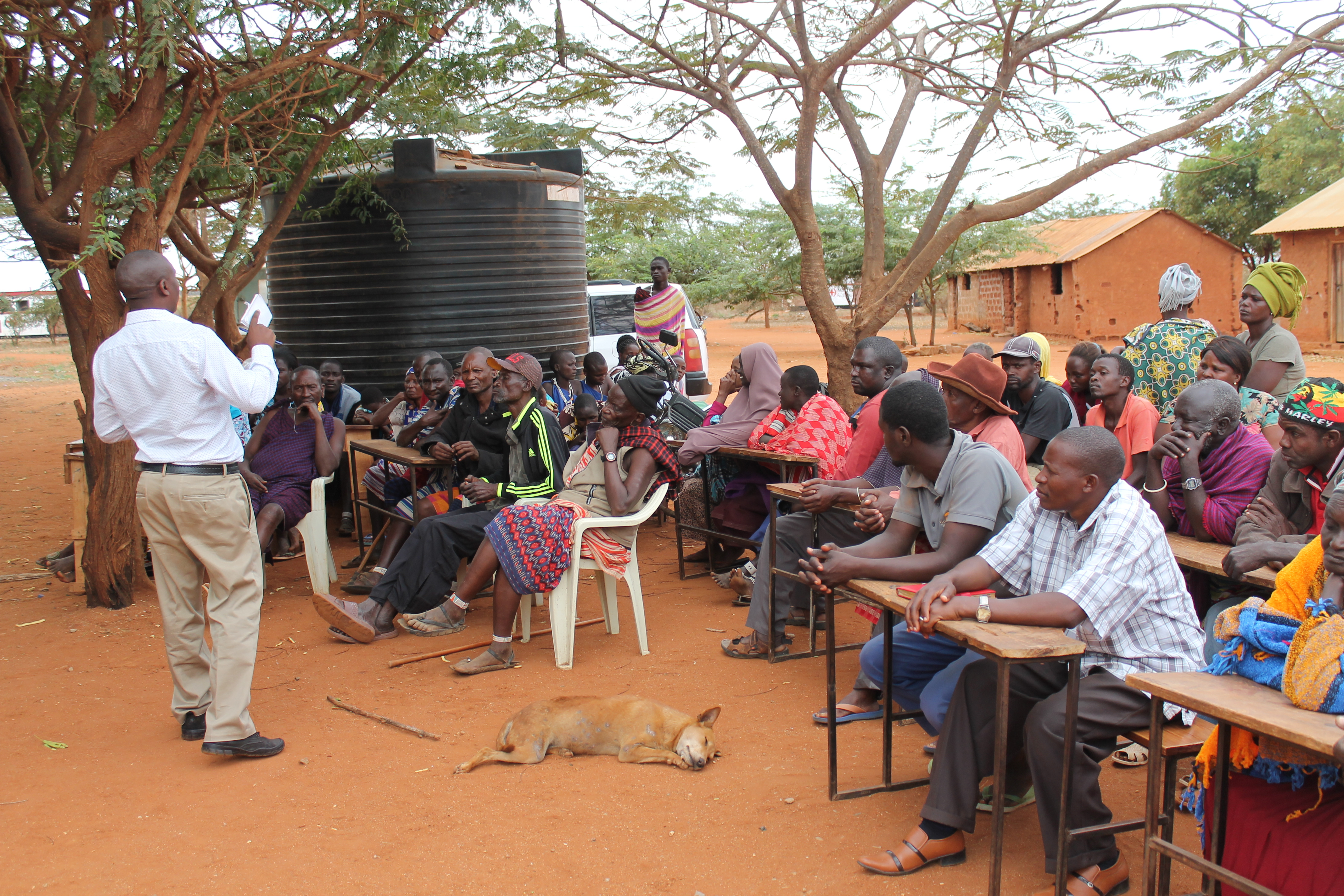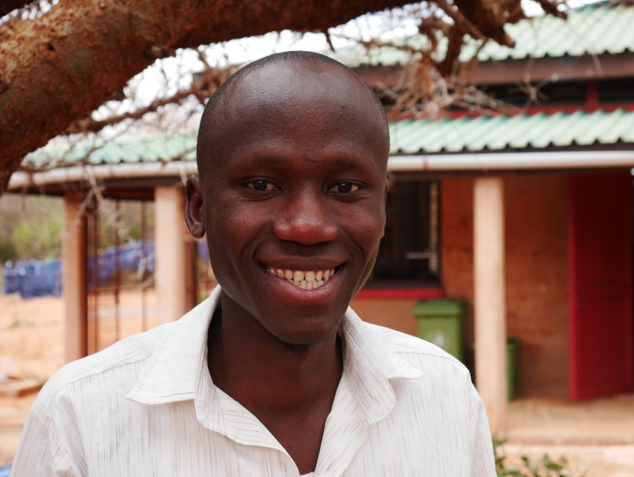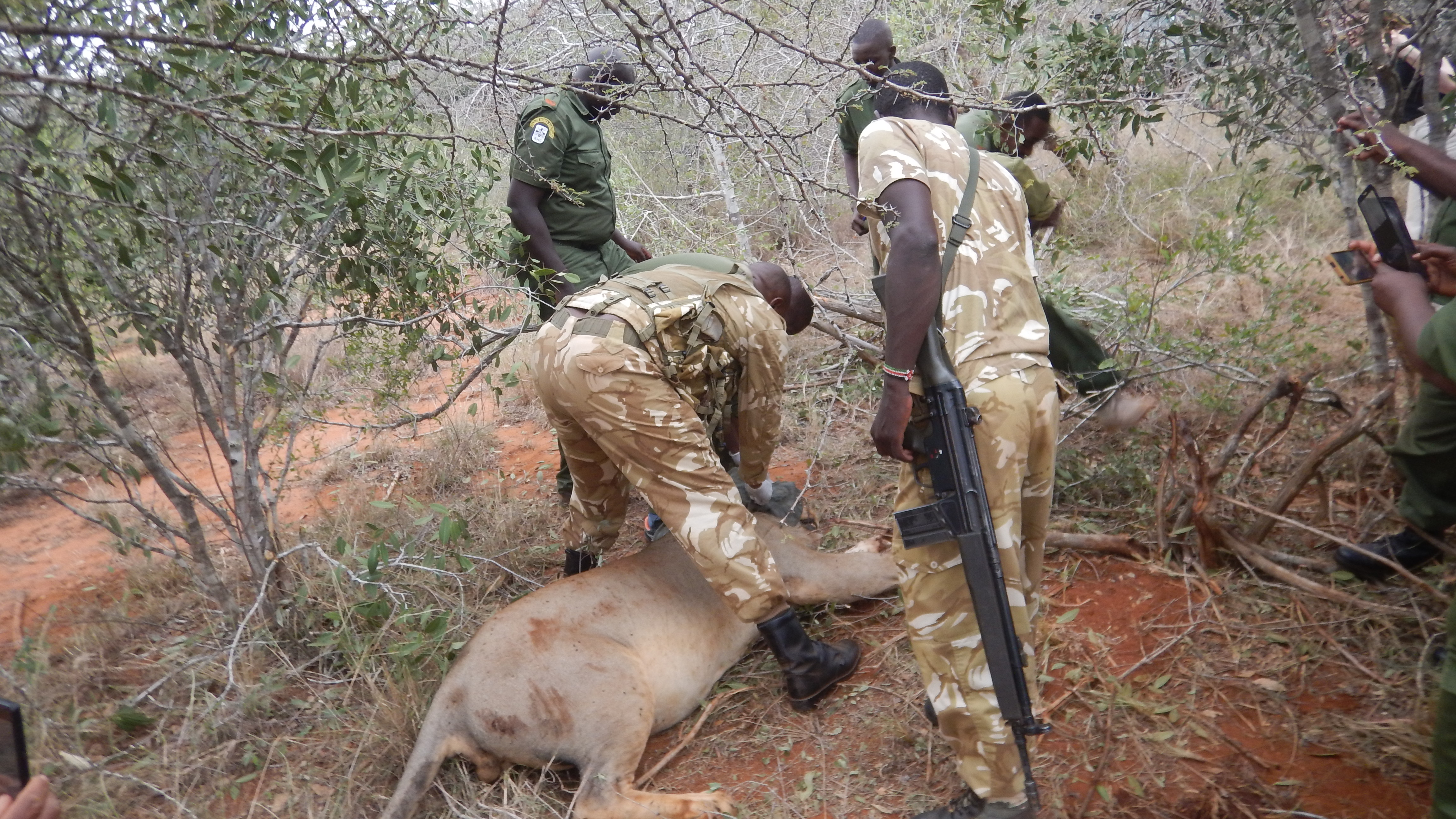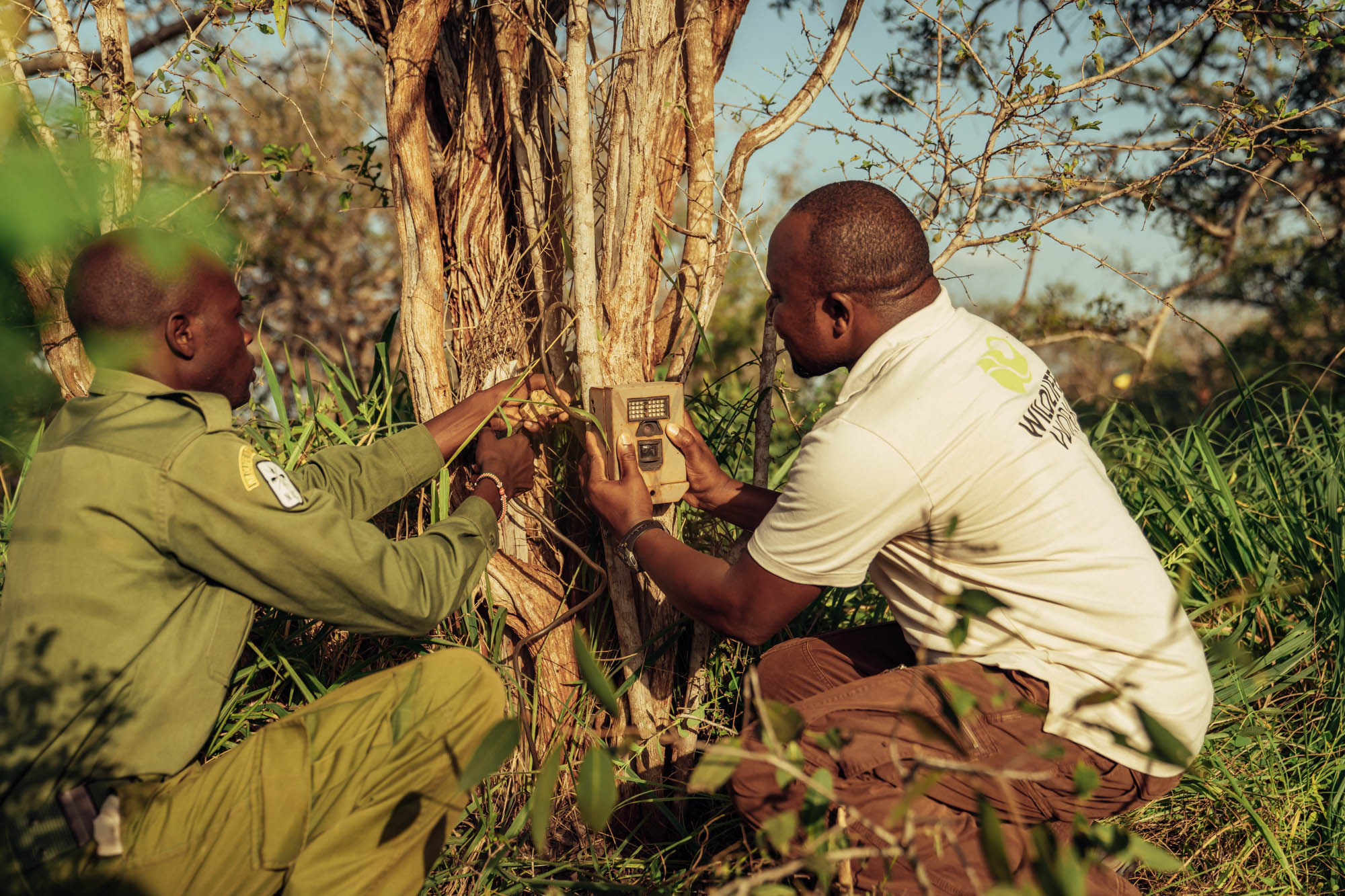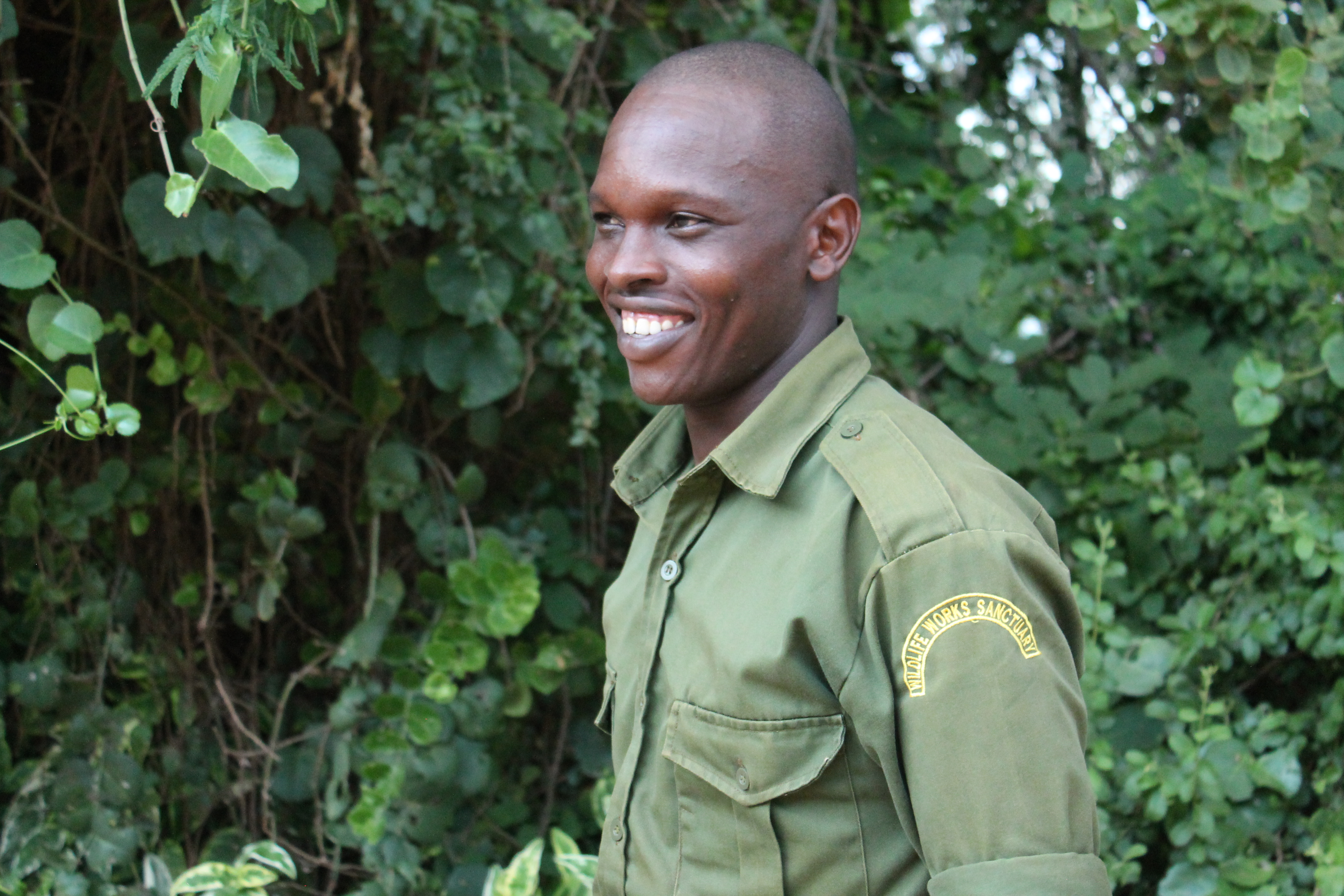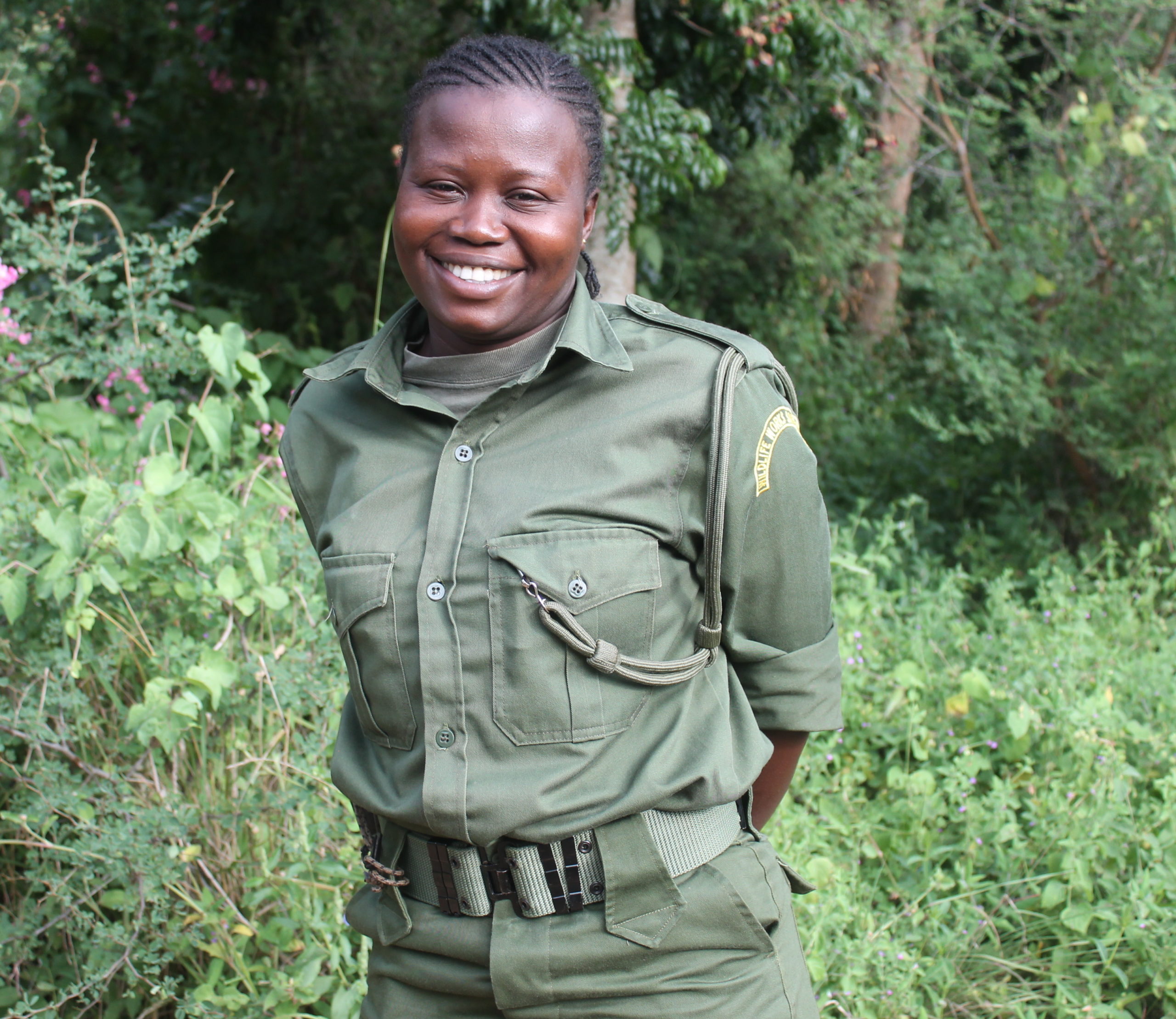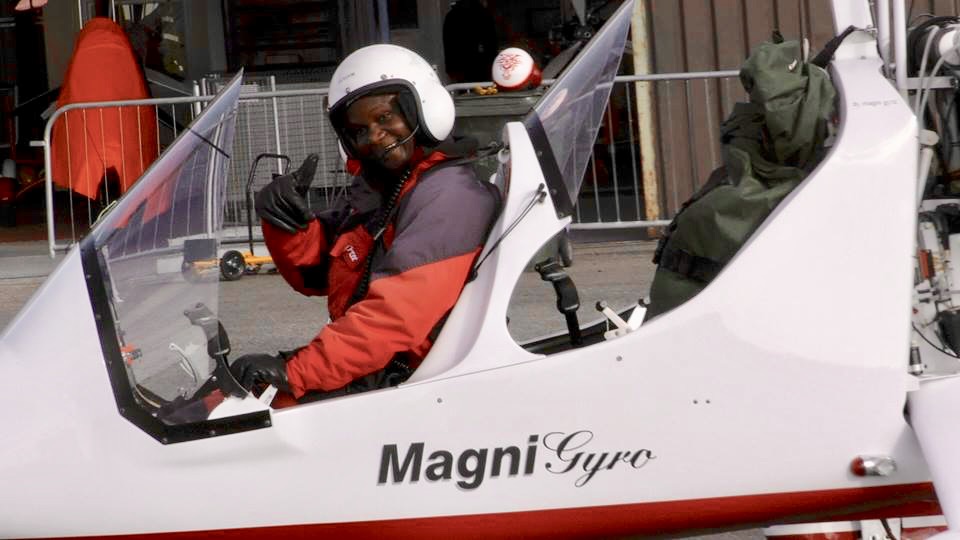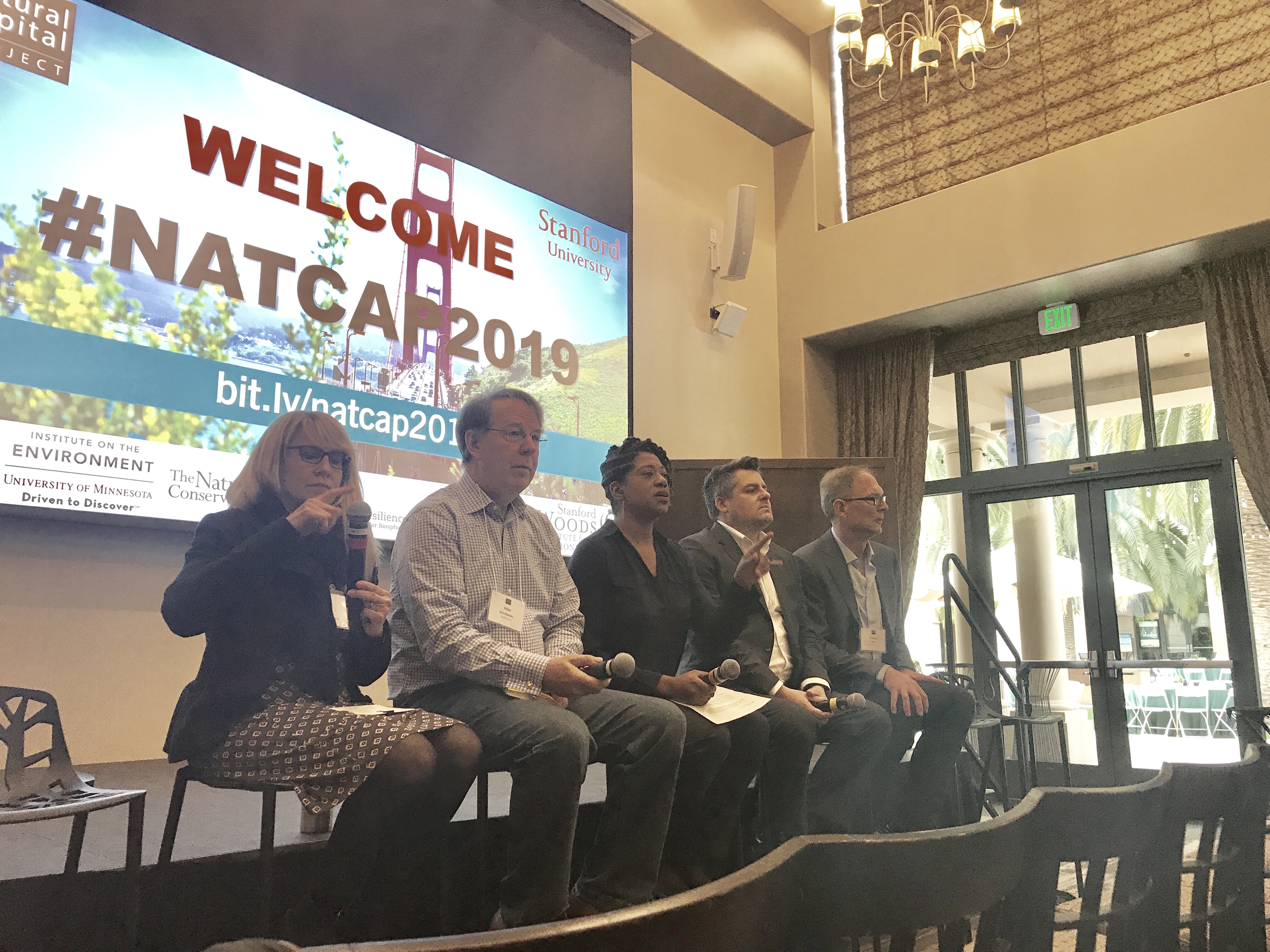Forest Communities
- Adventures in REDD+, Agriculture, Climate Change, Democratic Republic of the Congo, Forest Communities
Enhancing Food Security in the Mai Ndombe REDD+ Project Through Agronomy Training
By Jane Okoth Millions of people around the world still face the challenges of food security and malnutrition. One of the main targets of the United Nations Sustainable Development Goal 2 of Zero Hunger is to ensure sustainable food production and implement resilient agricultural practices that increase productivity. On the west side of Lake Mai Ndombe is an indigenous forest community that is part of the Wildlife Works Mai Ndombe REDD+ Project. The area protects over 740,000 acres of rainforest, which is home to chimpanzees, bonobos and forest elephants, and includes some of the most important wetlands in the world. Despite the rich biodiversity of the region, the community still…
-
Interview with Dr Mwangi Githiru, Director of Research, Biodiversity and Social Monitoring at Wildlife Works Global program
Dr Mwangi Githiru is the Director of Research, Biodiversity and Social Monitoring at Wildlife Works Global program. His department plays a key role in monitoring and reporting on the impact of Wildlife Works’ REDD+ projects on biodiversity and local communities living adjacent to the project areas in Kenya, the Democratic Republic of the Congo, Colombia and Cambodia. He gives his insight on his department and the role it plays. What is the purpose of your department? The Biodiversity and Social Monitoring Department is responsible for defining, designing and overseeing the implementation of Wildlife Works Biodiversity and Social Monitoring Strategies, both for the Kasigau Corridor Project as well as supporting development…
-
All About Trees; A Day In The Life Of A Carbon Sampler
By Jane Okoth Do you know how the Kasigau Corridor REDD+ Project generates its carbon credits? Essential to the process is Wildlife Works’ Carbon Sampling Department, who play a vital role in calculating the amount of carbon stocks that are stored in the forest across the project area. This week, we are profiling Joshua Kitiro, the Head of the Carbon Sampling team, a department comprising of eight team members. “Carbon sampling is about measuring trees to calculate the amount of carbon stored in them. Different trees have different amount of carbon in them depending on their species, structure, and age,” he says. The team works with Jeremy Freund, the Vice…
-
Kasaine Fences; A Solution to Human-Wildlife Conflict?
By Jane Okoth They may be the most fascinating and intelligent mammals, but in some areas of rural Kenya, elephants pose a major threat to farmers because of their crop-raiding behavior. Human-wildlife conflict occurs frequently in dryland areas with a large wildlife population and the Kasigau Corridor REDD+ project in Kenya is no exception. Joseph Mutua, a small-scale farmer residing in Ngambenyi, which is part of the project area, has been a victim of seasonal crop-raiding for many years. Three days prior to our visit, an adult male elephant had visited his farm and ravaged his pawpaw trees. “It was around 1 am but lucky enough my dog raised an…
-
Meet Rebecca Mututa, Wildlife Works Assistant Community Relations Officer
By Jane Okoth The Tsavo region, very popular with wildlife, is home to the biggest national park in Kenya and one of the largest elephant populations in the world. As a young girl living close to Tsavo East, Rebecca Mututa would encounter wild animals from time to time. “This gave me the inspiration to learn more about animals by working in a conservation organization,” she says. Rebecca grew up in Voi, a small town 30km from Wildlife Works’ Head Office with a population of at least 50,000 people. “My passion for working hard was ignited by watching my mother struggle to put food on the table. I put a lot…
-
Missing 6-year-old Boy Found Alive by Wildlife Works Rangers
By Jane Okoth When 6-year-old Harisson Olui was sent to collect firewood, he never imagined the unthinkable would happen. When we visited his home, the young boy was shaken. This is because he had been missing for four days, lost in Rukinga sanctuary, stuck without food or clean water and certainly scared for his life. His discovery was a conclusion of a thorough rescue operation comprising of Wildlife Works rangers, the aerial surveillance team and his community members. Harrison comes from a pastoralist community in Msharinyi location, part of Wildlife Works’ project area. According to his mother Upendo Natengene, eight children including Harrison had gone to collect firewood in a…
-
Wildlife Works Partners With Zooterra to Build Women’s Capacity in Vertical Farming
By Jane Okoth Women’s empowerment and equality is one of the United Nations Sustainable Development Goals, and is integral in ensuring that women are not deprived of their basic rights and opportunities. In order to achieve this goal, Wildlife Works has been working with various organizations to invest in women and respect their self-determination. Recently, Wildlife Works partnered with Zooterra, a habitat conservation digital firm that allows anyone to invest in nature conservation through digital tokens called terras, which use geolocation and satellite imaging technologies. Thanks to this partnership, two women’s groups in the Kasigau Corridor REDD+ Project received funds to start a vertical farming project. Celestine Ighombo is the…
-
Mentoring Students in the Kasigau Corridor REDD+ Project
By Jane Okoth “If you hear about Wildlife Works, what is the first thing that comes to mind?” asks Fred Ouma, the Principal of Mzwanenyi Secondary School in Mwatate. “Bursaries,” one of the students quickly answers. “We have also partnered with Wildlife Works for a tree-planting program where they supply us with indigenous tree seedlings,” he adds. Mzwanenyi Secondary is a mixed boarding school located in Mwatate, one of Wildlife Works’ community locations. The school has a population of 178, with the majority of students coming from the surrounding area. Mzwanenyi Secondary is one of the many schools in the Kasigau Corridor REDD+ project area that has benefitted from Wildlife Works…
-
Capacity Building Programs for Women and Girls in the Kasigau Corridor
By Jane Okoth At Wildlife Works’ offices in Maungu, two women’s groups recently visited the project for a day of mutual knowledge sharing. As part of the visit the women were shown different departments including the eco-factory, soap factory, and printing factory, among others. After the tour, they all gathered at the greenhouse for a quick discussion with our Greenhouse Manager George Thumbi, after which the group received a demonstration from our greenhouse team on how to make a vertical garden. Women and girls living in our project area face a lot of challenges that are linked to gender inequality and cultural barriers. The United Nations Sustainable Development goal 5…
-
Boosting Reforestation Efforts in the Kasigau Corridor
By Jane Okoth In a tiny village, Juliana Karisa stood beside her house in anticipation as she watched a canter truck accompanied by Wildlife Works’ greenhouse team make its way through her compound. After a courteous greeting, she proceeds to direct the team to where the tree seedlings are located. The greenhouse team then loads the seedlings one by one into the truck under the close supervision of Greenhouse Supervisor Willy Kanyeki. Juliana and her family is one of hundreds of beneficiaries from the Kasigau Corridor REDD+ Project who have received cash in exchange for tree seedlings. In an effort to boost reforestation efforts in the region, Wildlife Works regularly…


